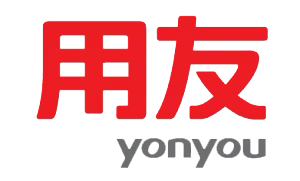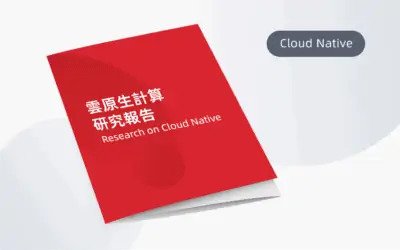lowcode
Off-campus compulsory course|Low-code builds a new future for the education industry

Recently, in order to reduce the burden of homework and off-campus training for students in the compulsory education stage, the mainland issued a new policy, stipulating that off-campus institutions cannot take up winter and summer vacations, rest days, and statutory holidays to make up classes, which has aroused the attention of the whole society. For the majority of primary and secondary school students and their parents, how to better communicate with school teachers and make learning more efficient is a subject.Off-campus compulsory courses.
The rise of low-code platforms has provided new ideas for workers in the education industry. No need for complex coding techniques, everyone can build a set of collaborative tools like building blocks, eliminate the barriers between teachers, parents and students, and make communication easier.
What is low code?
Gartner proposed in 2012Citizen Developer (everyone is a developer)With the help of a componentized and visualized platform, even if you don’t know programming and development, you can organize or participate in the development independently, thus extending code development from a programmer’s exclusive skill to a wider group of people, even all mankind.
citizen developers take advantage oflow codeTechnology, set up a basic platform, and then hand it over to professional developers for improvement and deployment, breaking down the barriers between business and development.
In the 2017 Magic Quadrant report, Gartner created a new category - hpaPaaS (abbreviated as aPaas, enterprise high productivity application platform as a service);
In 2019, Gartner redefined and was optimistic about the new concept "LCAP" (low-code/no-code development platform).
Today, low-code is in the hot air period.
Again this year, Gartner predicts that by 2023, large enterprises will have at least as many active citizen developers as there are professional developersfour times. By 2025, new apps developed by businesses will have 70% will use low-code or no-code technologies (25% in 2020), while 75% of large enterprises use at least four low-code development tools for IT application software development.
The high-speed development trend of low-code has made many companies see new opportunities. For a while, companies of various types and backgrounds quickly poured into the low-code track. Some people may worry: When low-code comes, are programmers unemployed?
On the contrary, low-code can free programmers from the working mode of typing codes and bugs day and night, release programmers' creativity, and subvert the way of technical production.Make development more creative.

How to use low code?
Low-code platforms can be used in a wide range of scenarios, which not only help companies innovate and improve efficiency, but also solve problems in people's real life and make people's lives more convenient.
For example, in the education industry that everyone cares about, it is often faced withInefficient communication and chaotic channelsThe problem. Students encounter problems when doing homework at home, and it is difficult to find teachers to answer questions; parents worry about whether their children’s learning progress is keeping up, and hope to maintain close communication with teachers through telephone or social tools; school teachers cannot keep abreast of students’ completion of homework at home, and need to personally give feedback to students and parents one by one to send and receive homework and test scores.
In this scenario, use low-code tools to build a set of collaborative tools to easily build pages with different functions according to the different needs of parents, schools, and students. Even young students can easily use them.The three parties formed a systematic feedback mechanism, which greatly improved communication efficiency.
UFIDA is increasing its research and investment in education ecology, using low-code technology to develop a customizable C-end platform, and is committed to making the low-code development platform benefit teachers, students and parents, and helping the innovation and development of the education industry.

For UFIDA, the low-code platform is not just a tool, butBIP Business Innovation PlatformA key to forming a closed loop.
The BIP business innovation platform is a collection of all technologies and services of Yonyou 3.0 strategy. The bottom layer is the IaaS layer of cloud services. Upwards are the intelligent middle platform, technology middle platform, data middle platform, and business middle platform.Low code is a very important capability in the development platform.
In June 2021, Yonyou announced a wholly-owned acquisition of APICloud for 151 million yuan, thus forming a double low-code platform of YonBuilder+APICloud.Fu Yi, vice president of UFIDA and general manager of the cloud market business department, said: "This track seems to have a low threshold, but in fact, the threshold is very high if we really want to do it well. Low code must be a combination of platform technology, ecological capabilities, and business driving capabilities."
The wave of low-code continues to sweep the world, and UFIDALow code dual platformCreating an ecology will surely become the source of innovation, allowing the whole people to join the tide of business innovation.


